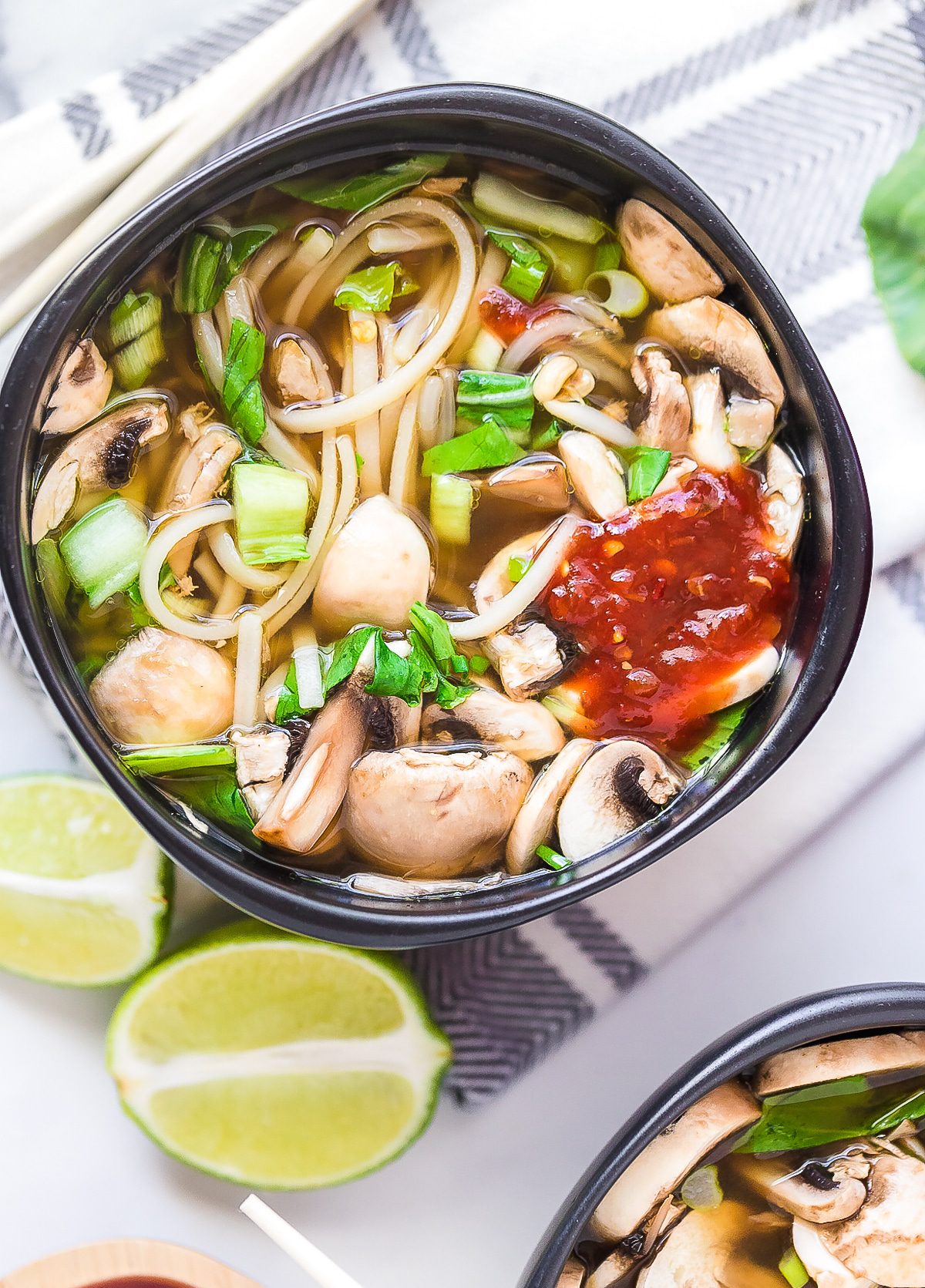Chinese and Thai cuisines are both popular worldwide due to their unique flavors, colorful presentation, and health benefits. Chinese dishes are known for their savory umami flavor achieved through soy sauce, oyster sauce, and fermented tofu. Thai cuisine has a perfect balance of sweet, sour, salty, and spicy flavors and features spices such as lemongrass, galangal, and kaffir lime. Chinese cuisine often features meats and vegetables, while Thai cuisine features a lot of seafood and poultry dishes with coconut milk, chili peppers, lime, and fish sauce. Both cuisines cook differently, and Chinese cuisine uses less oil than Thai cuisine.
Chinese vs. Thai Cuisine: Pitting Two of Asia’s Most Popular Cuisines Against Each Other
Introduction
When it comes to Asian cuisine, Chinese and Thai dishes are among the most popular in the world. With their unique flavors, colorful presentation, and health benefits, both of these cuisines have captivated the hearts of foodies worldwide. But, how do they differ from each other?
Flavors and Spices
One of the most significant differences between Chinese and Thai cuisine is the mix of flavors and spices. Chinese dishes are known for being savory and full of umami flavor, which is achieved through the use of ingredients such as soy sauce, oyster sauce, and fermented tofu. In contrast, Thai cuisine is known for its harmony of taste, which features a perfect balance of sweet, sour, salty, and spicy flavors. Thai dishes use a variety of spices, including lemongrass, galangal, and kaffir lime.
Ingredients
Ingredients
Another significant difference between Chinese and Thai cuisine is the ingredients used in the dishes. Chinese cuisine features a wide range of meat and vegetable dishes, including stir-fries, noodles, and dumplings. Beef, pork, chicken, and fish are all commonly used, along with a variety of vegetables such as bok choy, broccoli, and snow peas. In contrast, Thai cuisine features a lot of seafood and poultry dishes. Coconut milk, chili peppers, lime, and fish sauce are also staples in many Thai dishes.
Cooking Techniques
The cooking techniques used in Chinese and Thai cuisine are also quite distinct. Chinese dishes are typically cooked using fast and high-heat methods such as stir-frying, deep-frying, and steaming. In contrast, Thai cuisine features a combination of different cooking techniques, including grilling, simmering, and steaming.
Health Considerations
Both Chinese and Thai cuisine are considered relatively healthy, but there are some differences to note. Chinese cuisine typically uses less oil than Thai cuisine and often features dishes that are steamed or stir-fried. On the other hand, Thai cuisine features a lot of coconut milk, which can be high in fat and calories.
Dinner Party Options, Chinese or Thai?
When deciding between Chinese and Thai cuisine for a dinner party, keep in mind that Chinese dishes are usually served family-style, meaning that the guests share the food. In contrast, Thai dishes are often served individually. If you’re going for a more formal dinner party or want to encourage guests to interact and share food, opt for Chinese cuisine.
Conclusion
In conclusion, both Chinese and Thai cuisines offer unique flavors, ingredients, and cooking techniques. Chinese cuisine is known for its savory and umami flavors, while Thai cuisine is known for its perfect balance of sweet, sour, salty, and spicy flavors. When deciding which cuisine to enjoy, keep in mind the differences in ingredients, flavors, and cooking techniques, as well as any health considerations. Both Chinese and Thai cuisine are delicious, so there’s no wrong option when it comes to satisfying your cravings for Asian flavors.
